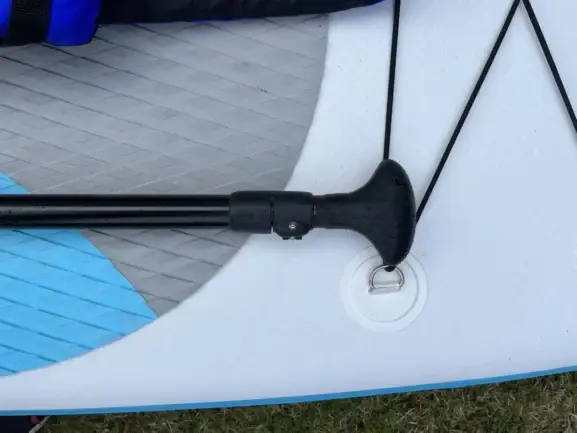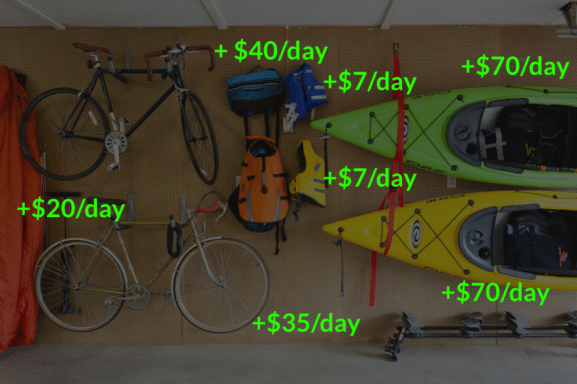Beyond Ownership: My Journey to Launch Rentaverse and Rethink Consumerism
Back in college in Albany, all I wanted was a GoPro for my weekend snowboarding trips to Mount Snow. I just needed some quick clips for a short video I was putting together for my Instagram page. The $300 price tag was out of my student budget, and I figured renting would be an easy solution. To my surprise, it wasn’t. I imagined at least ten GoPros sitting unused in dorm rooms, but there was no simple way to find them, book them, or pay for a day’s use.
I quickly searched online, and while there were some options, they were limited. I’d have to wait for shipping, and it wasn’t nearly as cheap as I’d hoped. This sparked an idea: We all have these items, whether it’s a GoPro or a bike pump, that sit unused for most of the year. Yet, when you do need one, you often don’t have it. It’s a paradox: you have it when you don’t need it, and you don’t have it when you do. Plus, who wants to stomach the cost and the space an item takes up for infrequent use? Why can’t we just borrow things on a per-use basis instead of buying them only to have them collect dust?
From Idea to Inception: Why Now?
Just like the things I buy that sit on my shelf unused, this rental platform idea sat “rent-free” in my brain for years. I figured someone else would crack the code, and I’d be a happy customer. But then, about four or five years ago during COVID – roughly seven years after my initial GoPro dilemma – I realized no one had successfully built this business. Now, I feel a strong pull to take my own shot at it and scratch my own itch. So, the journey truly begins.
Down the rabbit hole I went. At first, I thought it would be easy, but I quickly realized there’s a reason no one has done this well yet. I started chipping away at the complexities, understanding why many have tried and failed. It’s not as simple as listing your item for rent and having someone borrow it. There are significant trust and security issues that cannot be overlooked. This is the core of the business: you have to ensure people feel safe and secure lending out their items, confident they’ll be returned with nothing more than normal wear and tear.
Rentaverse: A Solution for a Sustainable Future
Looking at the success of Airbnb and Turo, it’s clear there’s a growing market appetite for people leveraging their assets – whether homes or cars – to earn passive income. This trend of asset utilization will inevitably move toward smaller and smaller items, and I hope to fill that gap with Rentaverse. This is my solution to the growing problem of rampant consumerism. My vision is to empower all of us to earn money from our unused items and to access things when we need them. I want to become a “rent universe,” connecting people and things to drive down waste and connect communities through shared gear and items.
I’m launching Rentaverse in Burlington, Vermont, focusing initially on kayaks, paddleboards, and canoes. As I work out the kinks in this niche, I hope to expand in the winter to include snowshoes, microspikes, and Nordic skiing gear. My research into previous failed rental marketplaces taught me a crucial lesson: they often try to be everything for everyone without being something for someone, resulting in a dead marketplace. They start bright and shiny but then fizzle out like a dwarf star. To become a “gas giant” takes time and pressure, but with this slow and focused approach, I truly believe Rentaverse can not only be a beacon of light but a true gravitational force that can drive our society toward a more sustainable, circular economy, drifting away from consumerism toward a more sharing-based model.



